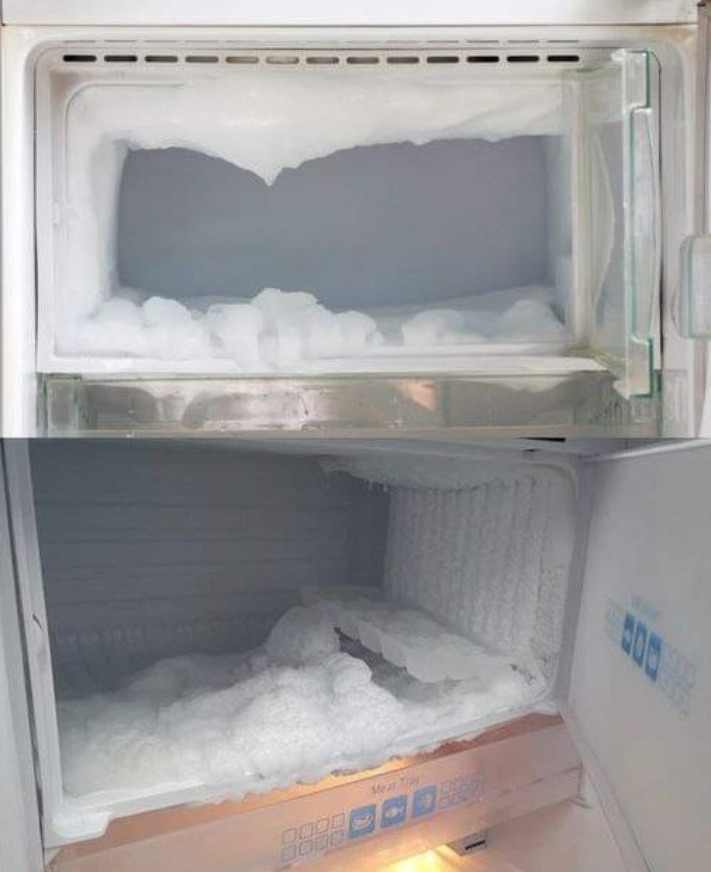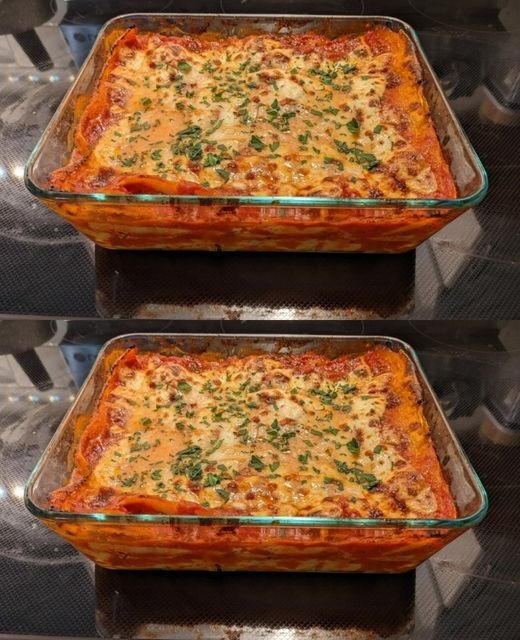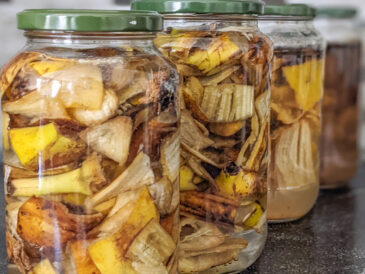Defrosting your freezer is a routine task that many people tend to delay, but it’s an essential part of maintaining the efficiency and longevity of the appliance. Traditionally, defrosting involves unplugging the freezer and waiting for hours as the ice melts. However, this process can be time-consuming and inconvenient, especially when you don’t want to lose the use of your freezer. Luckily, there are faster and more effective ways to remove ice buildup without unplugging the freezer. In this guide, we’ll walk you through quick, easy, and safe methods for defrosting your freezer without having to turn it off.
Why Defrosting Is Important
Over time, ice builds up in your freezer. As the ice accumulates, it reduces the appliance’s efficiency, takes up valuable storage space, and can cause higher energy consumption. A thick layer of frost acts as an insulator, preventing the freezer from maintaining the optimal cold temperature. This makes your freezer work harder, consuming more electricity and possibly leading to higher energy bills.
Regularly defrosting your freezer ensures that it runs smoothly, maintains its efficiency, and lasts longer. Additionally, defrosting can also help prevent unpleasant odors and the risk of food contamination due to moisture buildup.
Tools You’ll Need
Before you begin the defrosting process, make sure you have the following tools on hand:
- Towels or absorbent cloths: To catch the water as the ice melts and protect your floor.
- A shallow baking tray or pan: To collect any water that might spill out.
- A plastic or silicone spatula (never metal!): For gently loosening ice from the walls without causing damage.
- A hairdryer (optional): This speeds up the defrosting process by blowing warm air on the ice.
- A bowl of hot water: This will help loosen the ice when combined with steam.
- Rubbing alcohol (optional): Useful for tackling stubborn ice buildup.
Step-by-Step Guide to Defrosting Your Freezer
1. Empty the Freezer
Start by removing all food items from the freezer. Place the items in a cooler or insulated bags to keep them cold while you work. If you have partially defrosted food, consider cooking or consuming it soon to avoid waste.
2. Protect the Floor
Place towels or a large absorbent cloth at the bottom of the freezer to catch the melting ice water. This will prevent water from spilling onto your floor, which could cause water damage. If necessary, place a shallow pan or tray to catch any excess water from the melting ice.
3. Speed Up the Defrosting Process
There are several methods to accelerate the ice-melting process, saving you time and effort.
Method 1: Hot Water Bowls
- Boil water and pour it into a heat-safe bowl.
- Place the bowl in the freezer, close the door, and let the steam do its work. The hot steam will loosen the ice and help it melt faster.
- Replace the bowl with freshly boiled water every 10-15 minutes. This process can significantly reduce the time needed to defrost the freezer.
Method 2: Use a Hairdryer
- Set the hairdryer to medium heat and direct the warm air at the thickest ice buildup inside the freezer.
- Move the dryer around to avoid concentrating heat in one area, which could cause damage.
- As the ice softens, it will begin to slide off. Use a plastic spatula to gently scrape away the loosened ice chunks. Be cautious not to use metal objects, as they could scratch or damage the freezer walls.
Method 3: Rubbing Alcohol and Hot Water
- Mix equal parts of hot water and rubbing alcohol in a bowl.
- Soak a cloth in the solution and apply it to the iced areas. The alcohol will help the ice melt faster.
- Repeat as necessary, applying the cloth to stubborn areas of ice buildup until it loosens.
4. Remove Ice Chunks
Once the ice has softened, gently begin removing the larger chunks with your plastic spatula. Never use sharp objects, like knives or screwdrivers, as they could puncture the freezer lining or damage internal components.
Collect the ice in a shallow tray or bucket to dispose of it. Be sure to dispose of the water properly so it doesn’t cause any damage to the surroundings.
5. Wipe Down the Freezer
After all the ice has been removed, take a clean cloth and wipe down the interior of the freezer to remove any remaining moisture. Excess moisture can contribute to new frost buildup. If you’d like, you can also wipe the surfaces with a mixture of water and a few drops of lemon juice or vinegar for a fresh, clean scent.
6. Restock the Freezer
Once the freezer is completely dry and free from ice, it’s time to restock it with your food. Be sure to arrange the items neatly to ensure proper air circulation inside the freezer. This will help keep everything frozen evenly and prevent future ice buildup.
Pro Tips for Preventing Future Ice Build-Up
To keep your freezer operating efficiently and avoid the hassle of frequent defrosting, here are a few tips to minimize ice buildup:
- Check the Door Seal: The freezer door should close tightly. If the seal is cracked or damaged, warm air can enter the freezer, leading to frost accumulation. You can easily check the seal by closing the door on a piece of paper. If you can pull the paper out with little resistance, the seal may need replacing.
- Avoid Overloading: While it’s tempting to store as much food as possible in your freezer, overloading it can hinder airflow. Proper air circulation is essential to prevent moisture buildup and reduce ice formation.
- Use Ice-Proof Liners: Line the shelves of your freezer with wax paper or freezer-safe liners to make future defrosting easier. These liners can help reduce moisture accumulation on the freezer walls.
- Regular Maintenance: It’s important to regularly check for ice buildup, especially if you notice frost forming on the walls. Aim to defrost your freezer every 3-6 months or whenever the ice exceeds ¼ inch (0.6 cm).
Advantages of Not Unplugging
While many people assume that defrosting requires unplugging the freezer, this isn’t always necessary. Here are some benefits of keeping the freezer plugged in during the defrosting process:
- Keep Appliances Running: If you have other appliances nearby, like refrigerators or ovens, keeping the freezer plugged in ensures they continue working without interruption.
- Prevents Excess Condensation: When the freezer remains plugged in, the motor continues to run, which helps regulate the internal temperature and prevents excess condensation. This is especially important if you live in humid environments.
- Energy Savings: While defrosting, the freezer’s motor doesn’t have to work as hard to maintain the cold temperature. This helps to avoid power spikes, which could increase energy usage during a complete shutdown.
Conclusion
Defrosting your freezer doesn’t have to be an arduous or time-consuming task. With the right methods, you can tackle ice buildup quickly and without the need to unplug your freezer. The key is to follow these simple and effective steps and make it a regular part of your maintenance routine. By preventing ice buildup, you’ll keep your freezer running efficiently, save energy, and prolong its lifespan. So, the next time you notice frost starting to accumulate, don’t wait—grab your tools and get defrosting!





